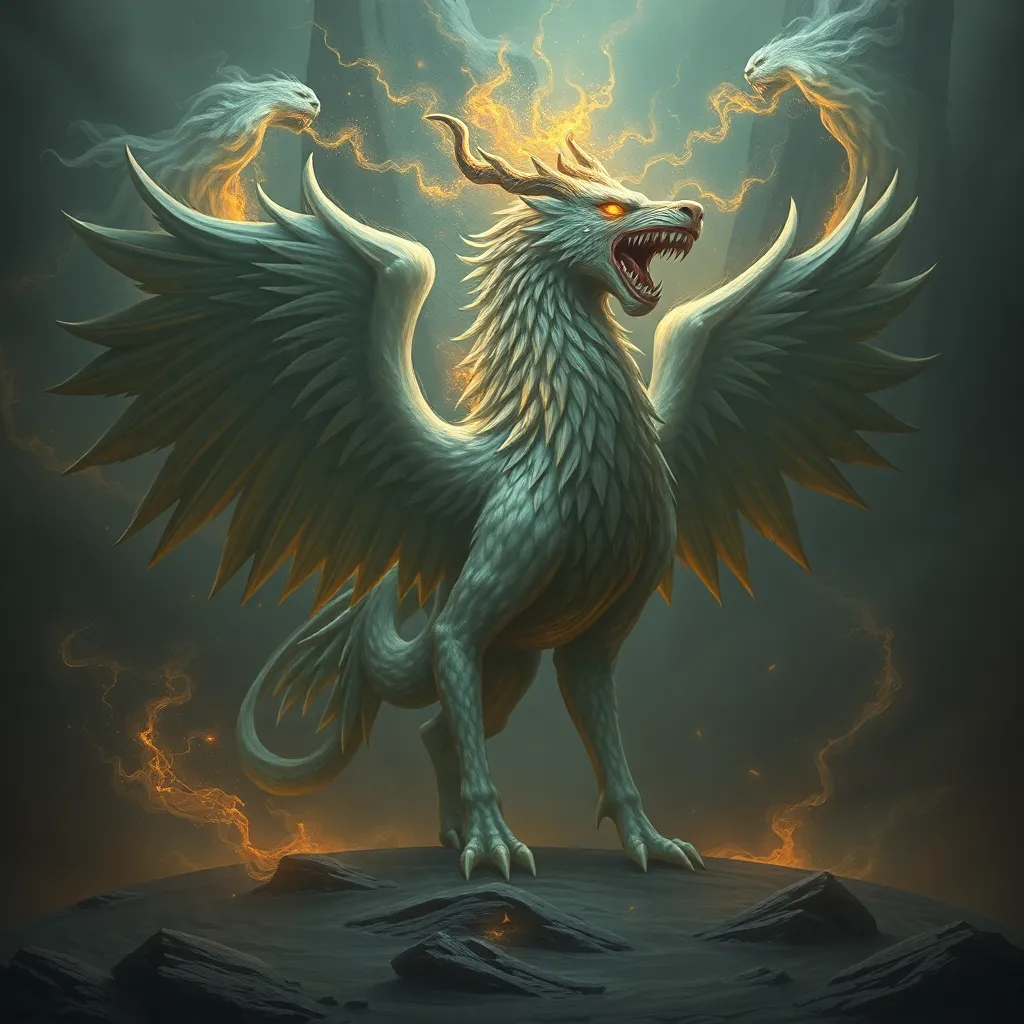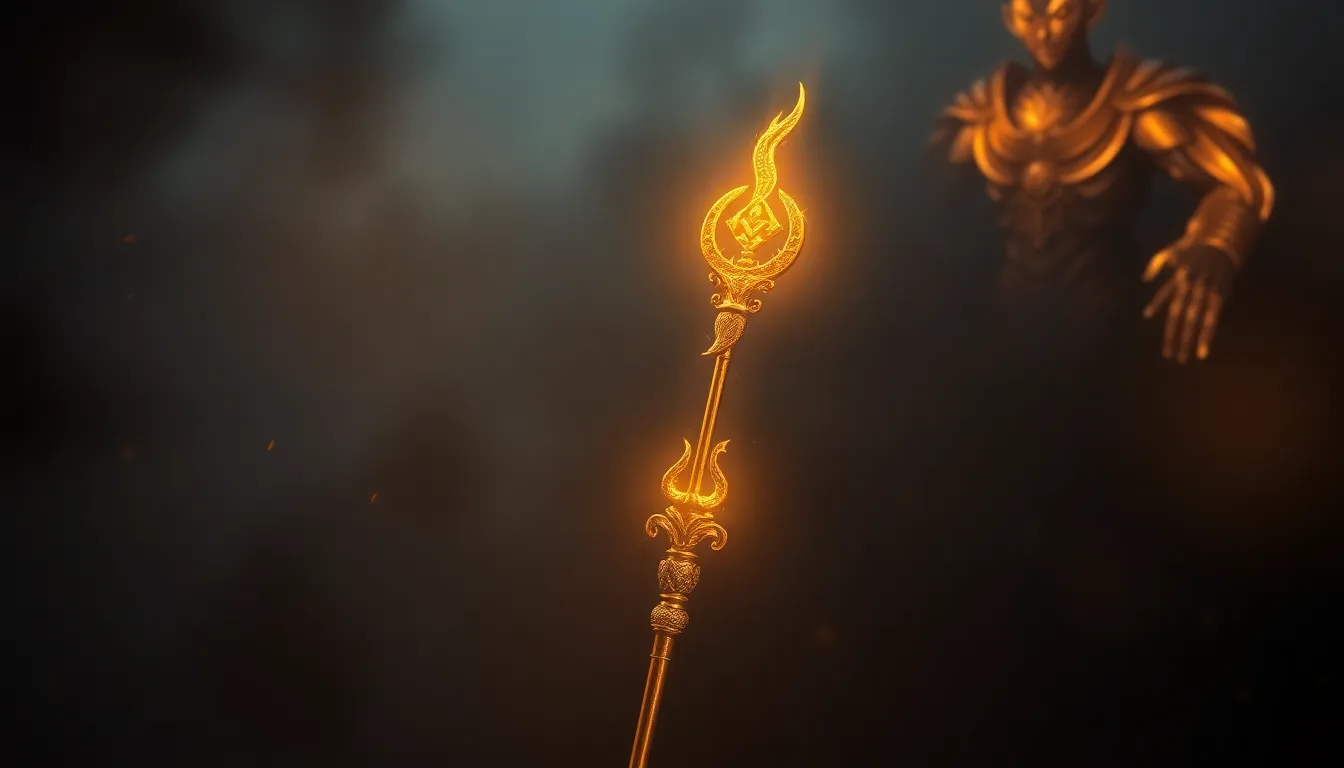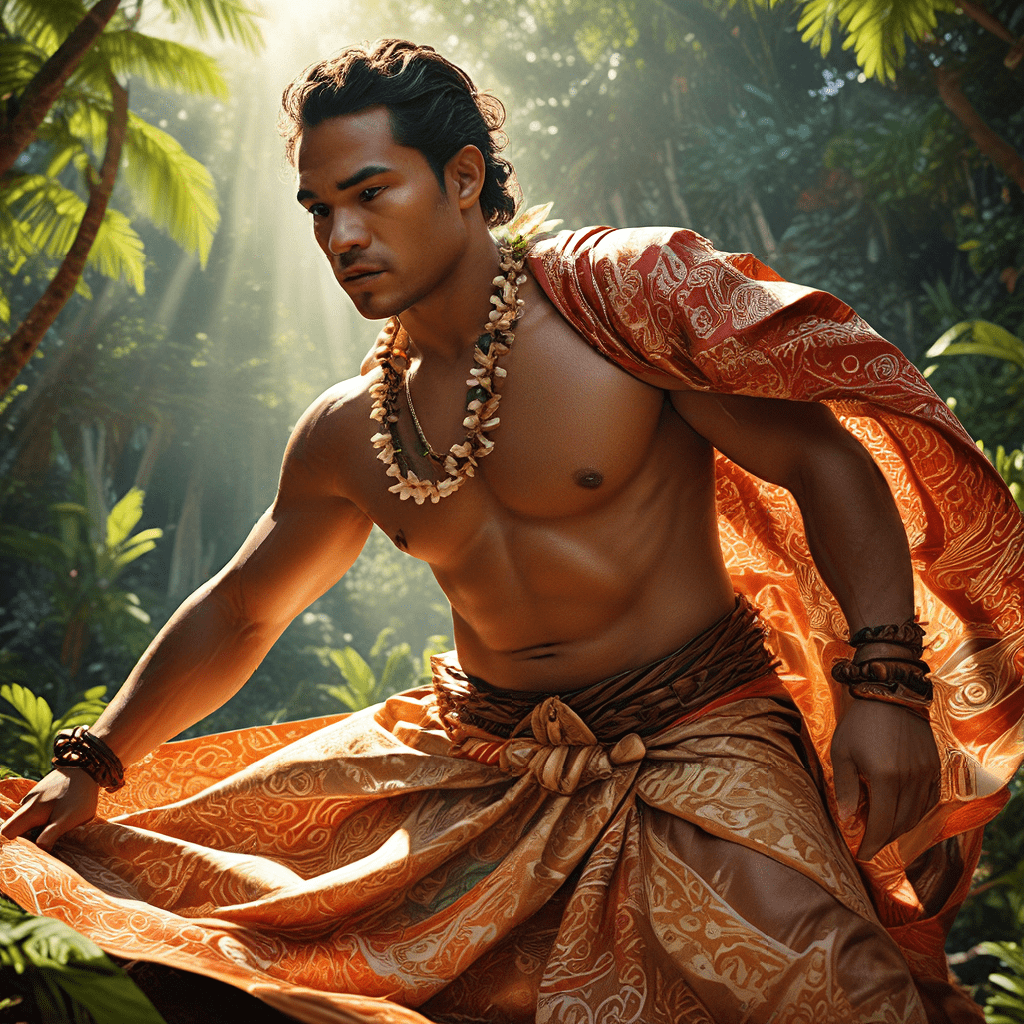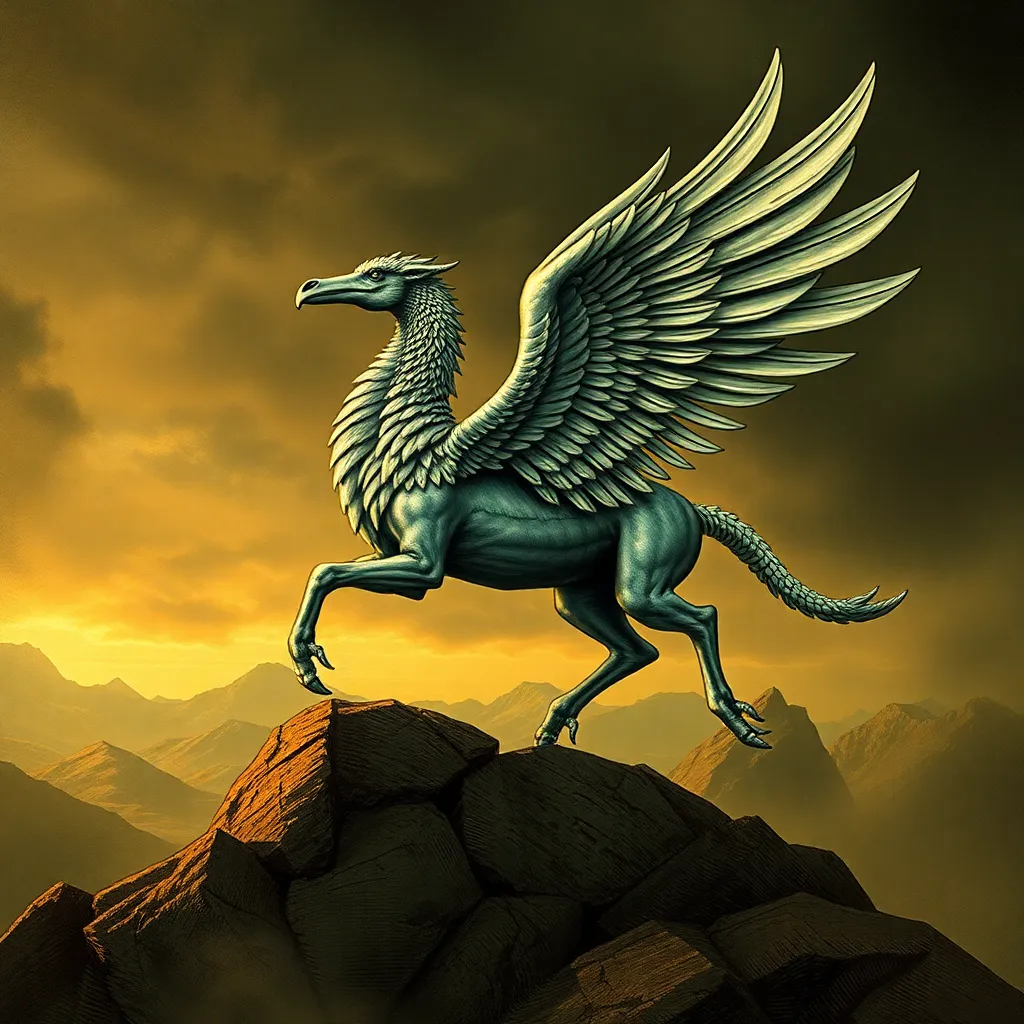The Peryton’s Legacy: Exploring the Impact of the Myth on Art and Culture
I. Introduction
The Peryton is a mythical creature that embodies the fusion of avian and stag-like features, often described as a winged deer with the ability to soar through the skies. Its unique appearance and enigmatic nature have captured the imagination of artists and storytellers throughout history.
The origins of the Peryton myth can be traced back to medieval literature and folklore, where it was often depicted as a symbol of both beauty and danger. The historical context surrounding the Peryton includes influences from various cultures, particularly in European mythological traditions.
This exploration seeks to uncover the Peryton’s impact on art and culture, illustrating how this mythical being has inspired creativity and reflection across generations.
II. The Peryton in Mythology
Historical accounts of the Peryton can be found in texts such as the *Book of Imaginary Beings* by Jorge Luis Borges, where it is described as a creature that casts the shadow of a human being, symbolizing the duality of existence. Literary references to the Peryton are sparse yet evocative, often highlighting its role as a harbinger of misfortune.
The symbolism of the Peryton varies across different cultural narratives. In some interpretations, the Peryton represents the conflict between nature and civilization, while in others, it serves as a reminder of the beauty and peril intertwined in the natural world. This duality resonates with themes found in many mythologies, where creatures embody both positive and negative attributes.
When compared to other mythical creatures like the Griffin or the Chimera, the Peryton stands out due to its unique combination of characteristics, which allows it to symbolize various aspects of human experience. While the Griffin embodies strength and nobility, and the Chimera represents chaos, the Peryton reflects the complexities of existence itself.
III. Artistic Representations of the Peryton
The Peryton has inspired countless artistic representations across various mediums. Visual art includes paintings, illustrations, and sculptures that depict this creature in imaginative and fantastical ways. Artists often focus on the contrast between its delicate wings and sturdy antlers, creating an image that is both graceful and formidable.
In literature, notable works such as fantasy novels and poetry have drawn inspiration from the Peryton myth. Authors like J.R.R. Tolkien and Neil Gaiman have incorporated elements of the Peryton into their narratives, showcasing its allure and mystery.
Contemporary media has also embraced the Peryton, with appearances in films, video games, and digital art. Its enchanting qualities make it a popular choice in fantasy genres, where it serves as a creature of wonder and intrigue.
IV. The Peryton’s Influence on Modern Culture
There has been a resurgence of interest in mythical creatures in popular culture, with the Peryton finding its place among other fantastical beings. This renewed fascination can be attributed to the success of fantasy literature and media, which often celebrates the rich tapestry of mythical lore.
The Peryton has also emerged as a symbol in fashion and design, inspiring clothing lines and accessories that reflect its ethereal qualities. Designers use the Peryton’s imagery to evoke a sense of adventure and whimsy.
Social media plays a significant role in reviving the Peryton myth, with platforms like Instagram and Pinterest showcasing artworks, stories, and fashion inspired by this creature. This digital renaissance allows for a broader appreciation and reinterpretation of the Peryton across diverse communities.
V. Cross-Cultural Interpretations of the Peryton
The Peryton myth exhibits various interpretations across different cultures, reflecting unique environmental and social contexts. In some cultures, it is revered as a guardian of the forest, while in others, it is feared as an omen.
Comparative analysis with similar creatures in global mythology reveals fascinating parallels. For instance, the Quetzalcoatl from Mesoamerican mythology shares avian characteristics and embodies themes of creation and destruction, much like the Peryton.
The impact of cultural exchange has played a vital role in the evolution of the Peryton narrative. As stories traveled across borders, they adapted to new cultural landscapes, enriching the myth with diverse meanings and associations.
VI. The Peryton in Environmental and Ecological Discourse
The Peryton serves as a metaphor for endangered species and conservation efforts. By embodying the beauty and fragility of nature, it highlights the importance of preserving wildlife and habitats. Artistic projects inspired by the Peryton often aim to raise awareness about environmental issues.
Initiatives that incorporate the Peryton myth into ecological advocacy seek to engage audiences through storytelling and art. These projects emphasize the interconnectedness of all living beings and the need for stewardship of the planet.
Storytelling plays a crucial role in environmental awareness, using the Peryton as a symbol to inspire action and reflection. By weaving myths into contemporary discourse, advocates can connect deeply with audiences and foster a sense of responsibility toward nature.
VII. The Future of the Peryton Myth
Emerging trends in the portrayal of the Peryton indicate a shift toward more nuanced and complex representations. As society grapples with environmental challenges, the Peryton may evolve to embody themes of resilience and hope.
There is potential for the Peryton to inspire new artistic movements, as creators explore its symbolism in innovative ways. This could lead to a resurgence of interest in mythical narratives that combine traditional folklore with contemporary issues.
The ongoing relevance of mythical creatures like the Peryton in contemporary society underscores their ability to resonate with human experiences. As long as people seek meaning and connection, myths will continue to inspire creativity and reflection.
VIII. Conclusion
In conclusion, the Peryton holds significant importance in art and culture, serving as a powerful symbol of beauty, danger, and the complexities of existence. Its legacy is evident in various artistic expressions and cultural narratives that span generations.
The enduring nature of myths like the Peryton reflects their ability to impact human creativity and imagination. As we continue to explore and appreciate these mythical legacies, we enrich our understanding of ourselves and the world around us.
This exploration encourages a deeper engagement with folklore and mythology, inviting everyone to delve into the rich tapestry of stories that shape our cultural landscapes.



